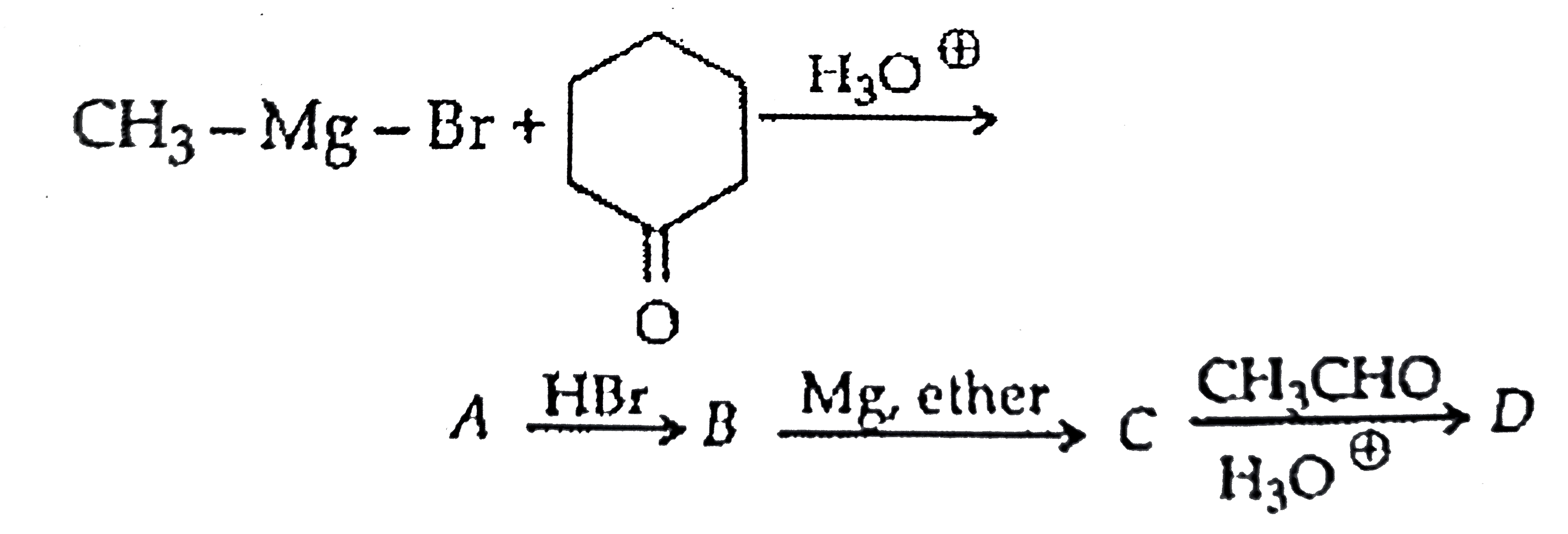Following are given sequences of mRNA Identify the one that will not undergo complete translation.
5 ' AUG UUC AGC UCG UGA 3'
5' AUG CCA UAC GAC UAG 3'
5 ' AUG UUA CUC GCG UAA 3'
5' AUG AAC UAA CCA CUC 3'
The correct Answer is:D
To solve the question of which mRNA sequence will not undergo complete translation, we need to identify the presence of stop codons in the given sequences. Here’s a step-by-step breakdown of how to approach this:
1. Understand the Concept of Translation:
- Translation is the process where ribosomes synthesize proteins using mRNA as a template.
- It begins at the start codon (AUG) and ends at a stop codon.
2. Identify Stop Codons:
- The three stop codons in mRNA are:
- UAA
- UAG
- UGA
- These codons signal the termination of protein synthesis.
3. Analyze the Given mRNA Sequences:
- You will be provided with several mRNA sequences. You need to check each sequence for the presence of any of the stop codons listed above.
4. Examine Each Option:
- For each mRNA sequence, look for the presence of UAA, UAG, or UGA.
- If a sequence contains any of these stop codons, it will undergo complete translation until that point.
- If a sequence does not contain any of these stop codons, it will not undergo complete translation.
5. Determine the Correct Answer:
- After analyzing all the sequences, identify the one that lacks all three stop codons. This is the sequence that will not undergo complete translation.
Conclusion:
- Based on the analysis, the mRNA sequence that does not contain any stop codon is the one that will not undergo complete translation.
Final Answer:
- The answer is option D, as it does not contain any of the stop codons (UAA, UAG, UGA).
- Translation is the process where ribosomes synthesize proteins using mRNA as a template.
- It begins at the start codon (AUG) and ends at a stop codon.
- The three stop codons in mRNA are:
- UAA
- UAG
- UGA
- These codons signal the termination of protein synthesis.
- You will be provided with several mRNA sequences. You need to check each sequence for the presence of any of the stop codons listed above.
- For each mRNA sequence, look for the presence of UAA, UAG, or UGA.
- If a sequence contains any of these stop codons, it will undergo complete translation until that point.
- If a sequence does not contain any of these stop codons, it will not undergo complete translation.
- After analyzing all the sequences, identify the one that lacks all three stop codons. This is the sequence that will not undergo complete translation.
- Based on the analysis, the mRNA sequence that does not contain any stop codon is the one that will not undergo complete translation.
- The answer is option D, as it does not contain any of the stop codons (UAA, UAG, UGA).
Similar Questions
Consider the following reaction sequence and Identify S?

View SolutionIdentify giving reasons, the salient features of genetic code by studying the following nucleotide sequence of mRNA strand and the polypeptide chain translated from it. AUG UUU UCU UUU UUU UCU UAG Met- Phe- Ser- Phe- Phe- Ser.
View Solution
Knowledge Check
Identify Z in the following reaction sequence
 ACH3COOHBCH3MgICCH3COClDClCH2COOH
ACH3COOHBCH3MgICCH3COClDClCH2COOHAssertion : Untranslated regions are sequences of RNA before initiation codon and after termination codon.
Reason : Untranslated regions provide stability to mRNA and also increase translational efficiency.AIf both assertion and reason are true and reason is the correct explanation of assertionBIf both assertion and reason are true but reason is not the correct explanation of assertionCIf assertion is true but reason is falseDif both assertion and reason are false.

Identify the product in the following sequence of reaction?
View SolutionFind the sequence of blinding of the following amino acyl-tRNA complexes during translation of an mRNA transcribed by DNA segment having the base sequence 3' TACATGGGTCCG 5'. Choose the answer showing the correct order of alphabets.

View SolutionIdentify the product (T) in the following sequence of reactions.

View SolutionIn the following sequence of the reactions, identify the final product.

View SolutionIdentify the final product in the following sequence of reaction.

View SolutionIdentify 'Z' in the given sequence of reaction

View Solution
